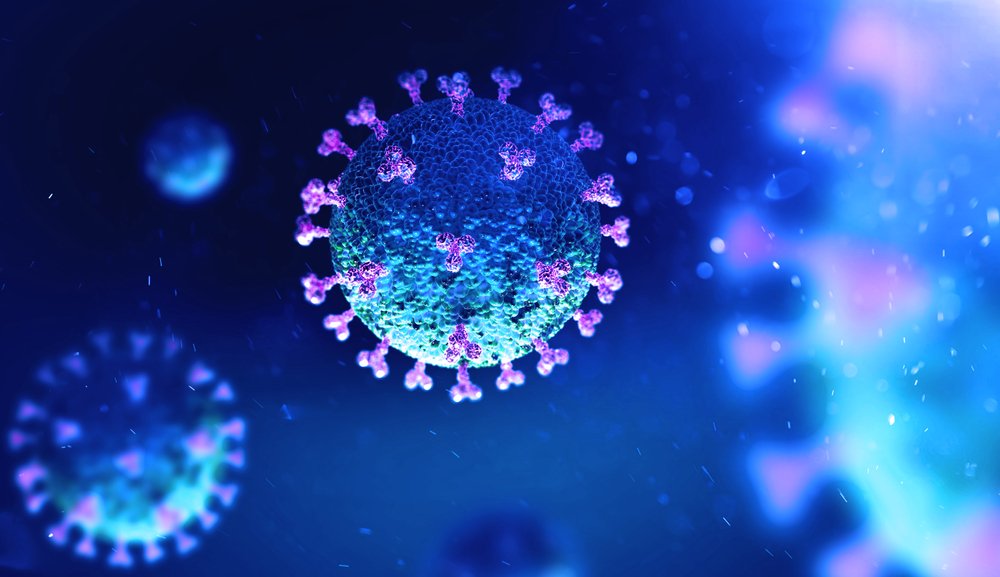A resilient immune system still starts with the basics—nutrient-dense food, movement, sleep, and stress management. What’s new is the surge of research exploring whether omega-3s (EPA and DHA) can support immune balance and COVID-19 outcomes. The short version: it’s promising, early, and not a cure. Here’s the state of play.
Early clinical efforts underway
-
EPA-based therapy (EPAspire): KD Pharma has launched a regulated clinical trial to test high-dose EPA in newly hospitalized, COVID-positive patients, tracking progression and inflammatory markers.
-
Omega-3 Viruxide spray: Kerecis and Iceland’s National Hospital are running a randomized, double-blind study after encouraging off-label use reports in Italy. It’s being evaluated as an infection-control aid in early disease.
These are investigational approaches. Results will determine if, how, and for whom they help.
ARDS: mixed but encouraging signals
Severe COVID-19 can progress to acute respiratory distress syndrome (ARDS). Prior research in ARDS (not specific to COVID) shows:
-
A 2014 meta-analysis of 7 RCTs found no clear effect on mortality or ventilator-free days.
-
A newer review of 12 RCTs reported better oxygenation (PaO2/FiO2) and trends toward shorter ICU stays and ventilation with omega-3–enriched enteral nutrition.
Takeaway: not definitive, but omega-3s may be a reasonable supportive strategy in ARDS protocols.
Omega-3s & immune balance
In March, leading nutrition-immunology experts advised that certain micronutrients (A, B6, B12, C, D, E, folate, zinc, iron, selenium, magnesium, copper) plus omega-3s can be a safe, low-cost way to support immune function (within safe upper limits).
-
Typical guideline intake for EPA+DHA: ~250 mg/day.
-
A practical, personalized target: eat and/or supplement to reach an Omega-3 Index of 8–12%.
Mechanistically, EPA/DHA help temper excessive inflammation and generate specialized pro-resolving mediators (SPMs)—molecules that help the immune system “turn off” an acute response and repair tissues.
The nuance
Reviews highlight promise for vitamin D, omega-3s, and others in inflammatory and infectious settings, but results vary by dose, age, genetics, nutrition status, and health condition. More targeted dosing guidance is needed.
Supplement use is rising—and may stick
Consumer surveys show more people are adding supplements during the pandemic—especially immune-support staples and omega-3s. Notably, even non-users report plans to start, suggesting a lasting shift toward proactive nutrition.
How to put this to work (safely)
-
Food first: Aim for fatty fish (salmon, sardines, herring) 2–3×/week.
-
Bridge the gap: Use a quality fish, krill, or algal-oil supplement if intake is low.
-
Make it measurable: The Omega-3 Index (RBC EPA+DHA %) tells you where you are; adjust intake and retest to dial in your personal sweet spot.
-
Keep the fundamentals: Sleep, movement, stress control, and an overall nutrient-rich diet matter as much as any single supplement.
Medical note: Omega-3s are supportive nutrients, not treatments or preventives for COVID-19. If you’re ill, pregnant, on anticoagulants, or have chronic conditions, talk with your healthcare provider before changing your regimen.




